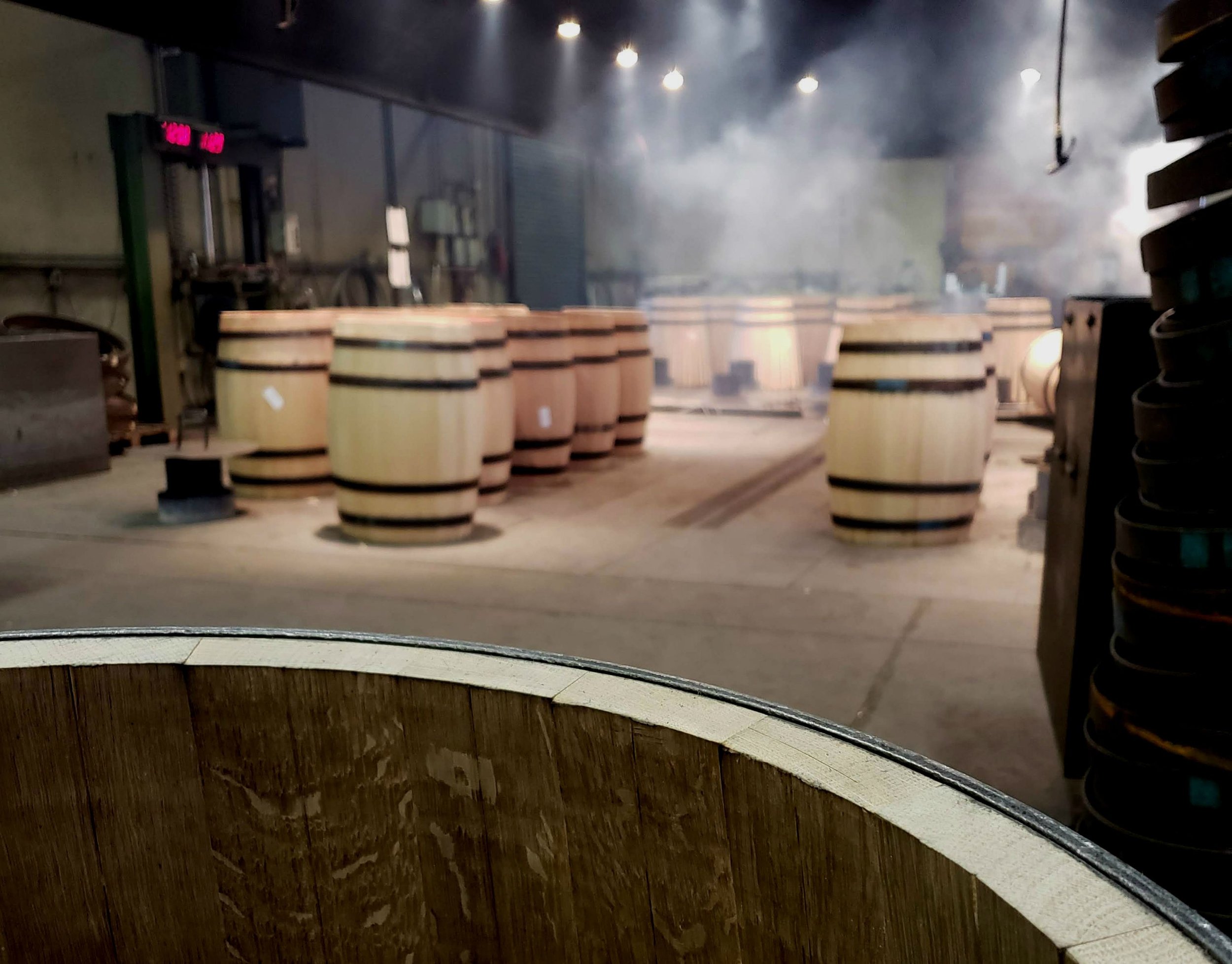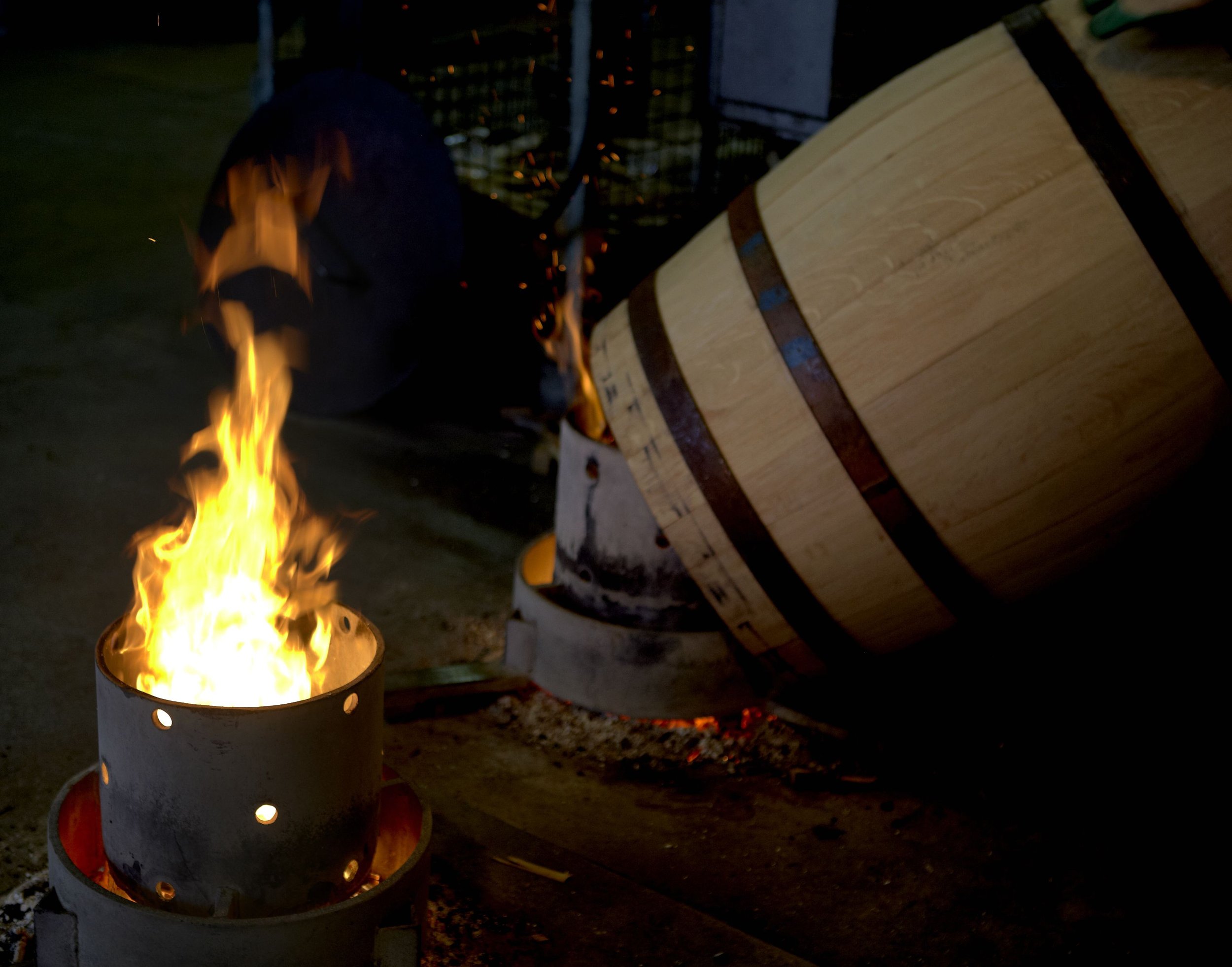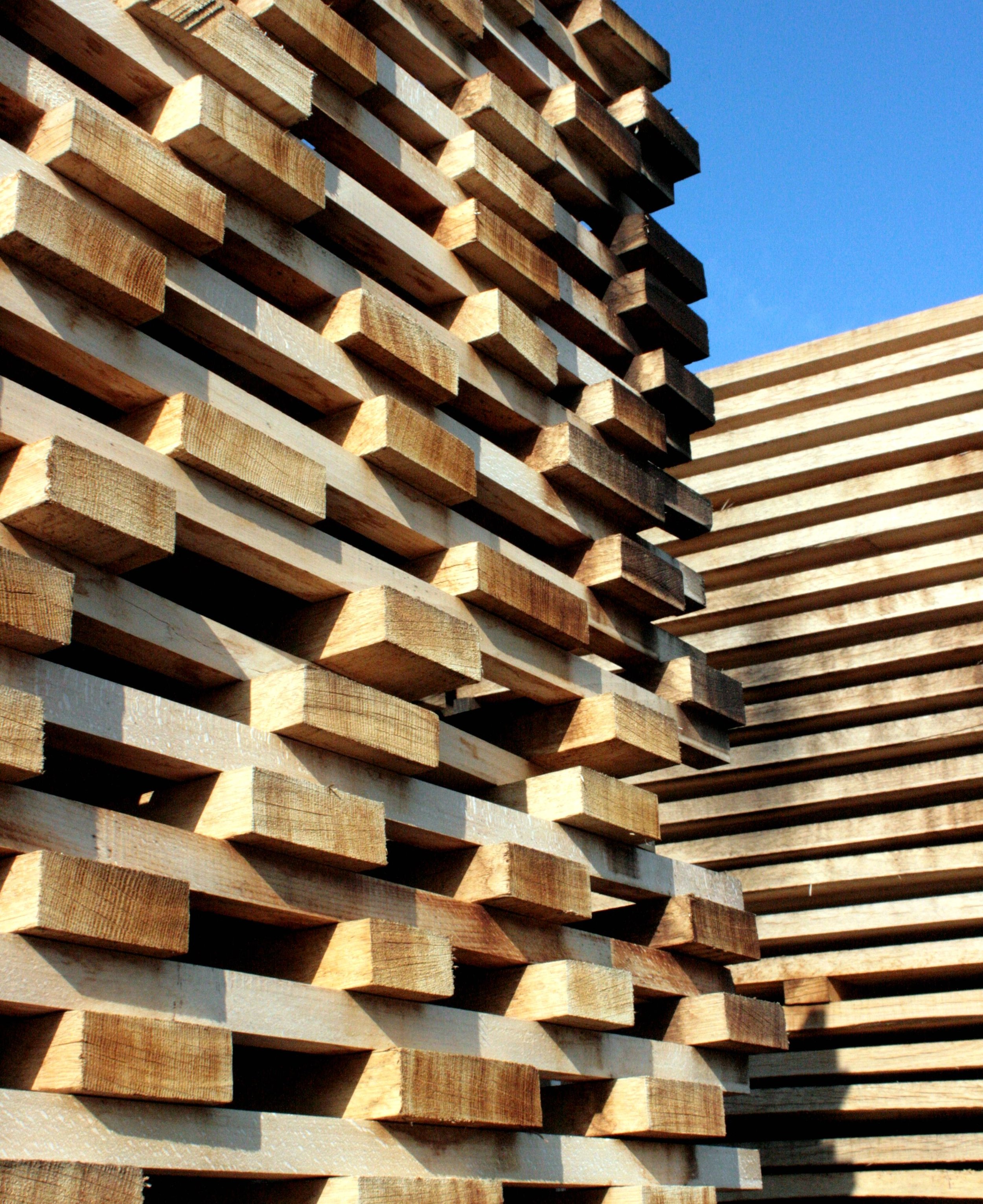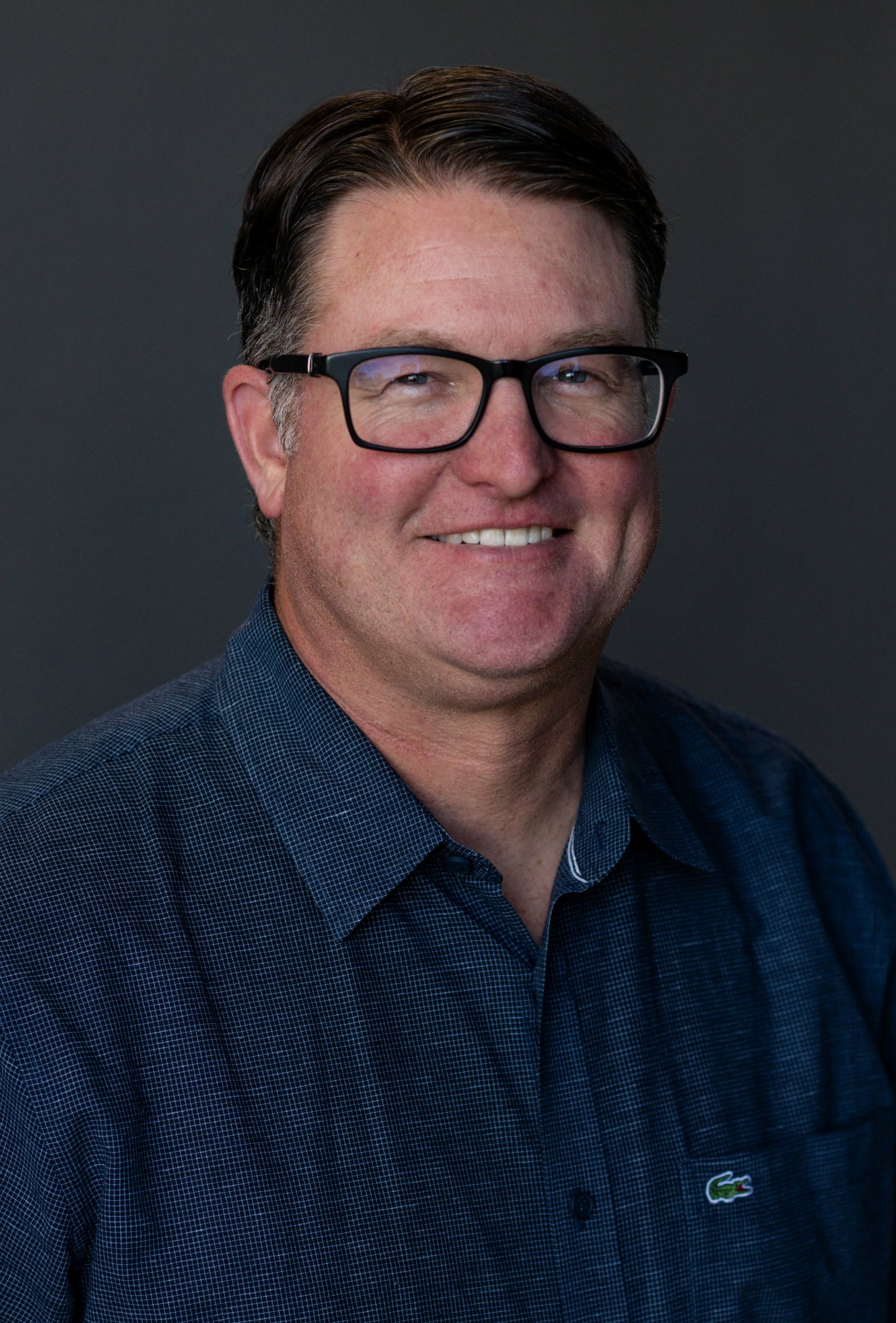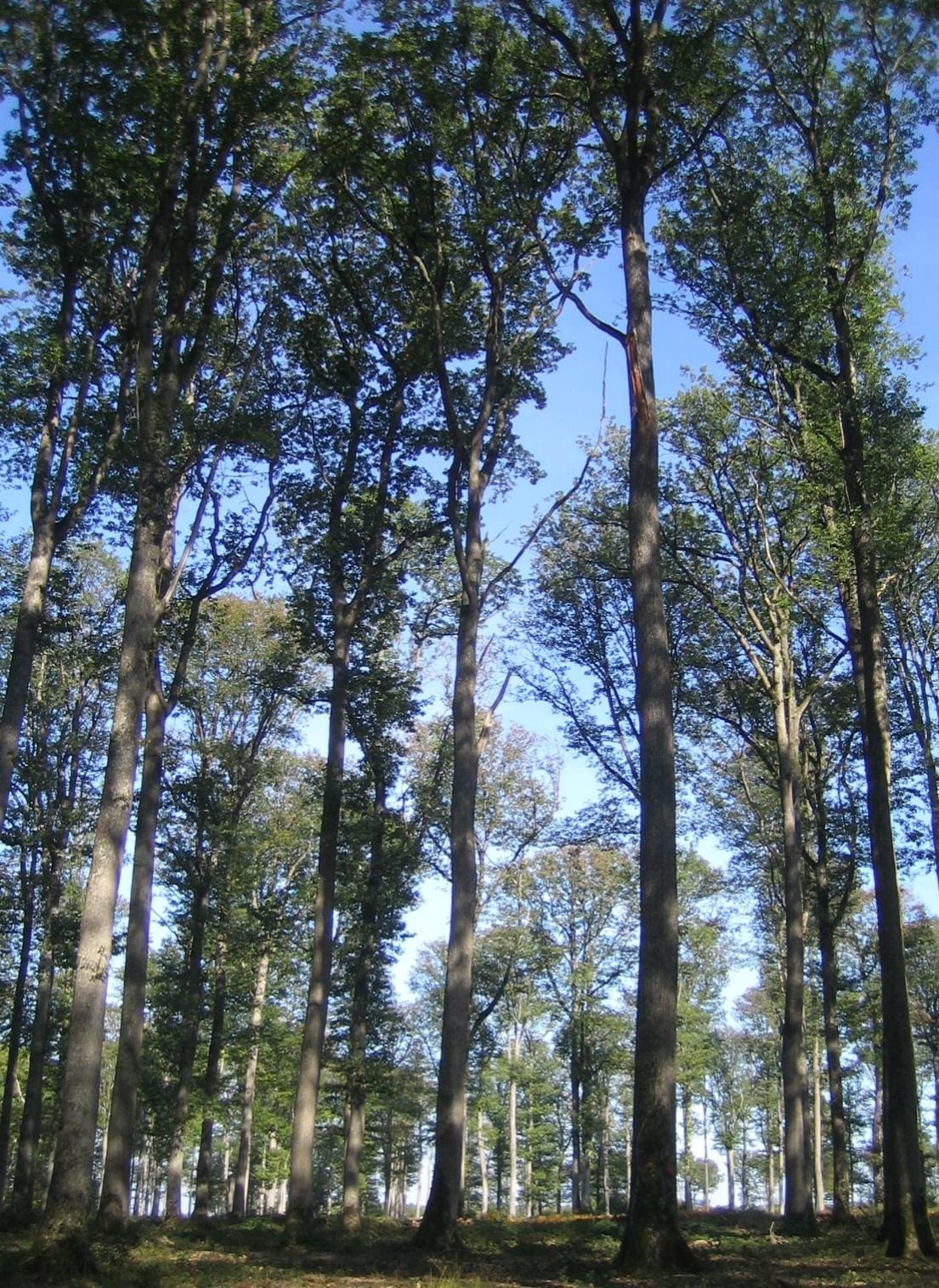Chris Hansen of Seguin Moreau
January 2022
Barrels are integral to winemaking, and Seguin Moreau has been part of the process since the 19th century. They began as two separate cooperages in Cognac, Moreau in 1838 and Seguin in 1870, and were merged when Remy Martin acquired both after 1960. Today Seguin Moreau has production facilities in Cognac, Burgundy, and Napa that together make roughly 75,000 barrels annually, or 300 per day, and have nearly 5,000 customers across the globe. The cooperage is known globally for state-of-the-art barrel making from only the finest woods, and for cutting edge research on barrels’ sensory impact on wine.
I know from working in a tasting room that wine lovers have as many questions about barrels as they do about wine. Barrel making is an ancient highly skilled craft that grew out of shipbuilding. Today’s coopers still use many hand tools, but also highly specialized machines for precision cutting and bending. They create liquid tight barrels without using any glue, adhesive or nails to hold the staves (planks) together. The assembly process is almost as fascinating as the impact that oak barrels have on wine. Because of the chemical composition of oak, its porosity to air, and the toasting process, oak has a truly transformative effect on wines that are fermented and/or aged in barrels. In this interview, Chris Hansen, General Manager at Seguin Moreau Napa, talks about key facets of oak sourcing, barrel making, and barrels’ impact on wine.
Listen to the Interview:
